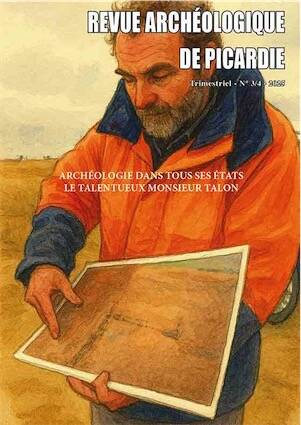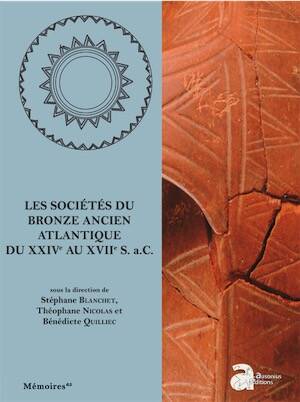- Recherche
- Recherche avancée
Copper Production and Divine Protection, 1986, 164 p. -
During the 16th campaign of the French Archaeological Mission to Enkomi on Cyprus, C.F.A. Schaeffer recovered a bronze statuette anchored to a base in the form of an "oxhide" ingot – the male figurine was promptly entitled the "Ingot God." Since it had always been widely accepted that copper produced on Bronze Age Cyprus was exported in the form of oxhide ingots, the conclusion was inescapable: copper production and distribution came under divine protection. Furthermore, the spatial association between metallurgical installations and "religious" structures at the Cypriote sites such as Kition, Enkomi, and Athienou has helped to canonize the archaeological and historical notion of religious domination over Bronze Age Cypriote copper production. Discussions of these spatial relationships, however, have yet to produce any clear understanding of the politico-economic organization of the copper industry, nor have they helped to identify the authorities who regulated that industry. This study considers arguments for the relationship between copper production and divine protection as well as questions of local vs. centralized authority over copper production. It is suggested that newly-emergent elites on the island manipulated and secured their domination over copper production and distribution by adopting such culturally significant symbols as the "Ingot God" or the miniature "votive" ingots. Religious ideology should thus be regarded as an element internal to the economy, and to the social relations of production. The study considers in detail the chronological problems encountered in linking all archaeological data presented to a coherent socio-historical interpretation. The attempt is made to place the discussion into the context of the Late Bronze Age collapse in the eastern Mediterranean.
Référence : 30024.
Anglais
93,50 €
Dans la même époque
Nouveauté

29,00 €



